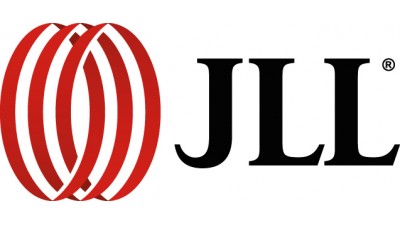3 Reasons Why The Denver Multifamily Midmarket Is Booming

Denver’s continued construction boom has led to a glut of Class-A multifamily properties, but rent growth for the asset has slowed as residents search for more affordable housing options. Midmarket multifamily, which typically includes Class-B and Class-C product from $3M to $25M depending on the age and size of the building, has come into focus for its investment potential.
JLL Multifamily Capital Markets Group Vice President Craig Kalman and Vice President Travis Hodge said large, full-service providers, who tend to service more institutions than smaller entities, are missing an opportunity with the Denver midmarket. JLL recently formed a midmarket multifamily team to better serve this growing sector.
The Mile High City's midmarket offers a potential gold mine of investment opportunity for private equity firms and wealthy individuals. From availability of inventory to more financial flexibility, here are three reasons why it is primed for a resurgence.
1. Availability of Funds
Quasi-government lenders Fannie Mae and Freddie Mac offer widely available funds and aggressive loan pricing for properties that fall within the multifamily midmarket. Under the “Duty To Serve” mandate, both agencies are required to provide leadership to facilitate a market for mortgages that supports housing for low- and moderate-income families. Loans are doled out to buildings falling under manufactured housing, affordable housing preservation and rural housing categories. These loans support the financing of readily available Class-B and Class-C properties in Denver, which often fall out of the scope of institutional investors.
Fannie Mae also offers loans for smaller assets within a range from five to 50 units, which competes with Freddie Mac’s Small Balance Loans.
The Denver midmarket has also seen an increasing number of 1031 exchanges, Kalman said. Individuals are unlikely to purchase a property above $30M, and midmarket multifamily offers an ideal place to park equity and defer paying taxes, he said. Institutional players tend to make fewer 1031 exchanges.
“With institutional players, they have all these funds, and sell off all the assets in a fund at the end of its life span. They usually are not doing a 1031 with the proceeds, they are returning equity to investors or redeploying that capital into other funds,” he said. “There are a lot more 1031 buyers in the midmarket, and they get more aggressive with pricing.”
2. Better Performance
Denver's overall rent growth has surged as it has transformed into a millennial hot spot. Hodge places the growth at around 60% over the last five years, but as more luxury product comes online, renters are forgoing large gyms and swimming pools in favor of more affordable Class-B and Class-C properties with lower rent.
Recent vacancy rates support the trend. Hodge said Class-A vacancy was at 6.86%, Class-B at 5.47% and Class-C at 4.46%. Class-C property rents rose 4.43% annually, more than double Class-A’s 2.04% rise.
“In general, those are going to be your ‘60s and ‘70s product, which typically fall into the midmarket space," Hodge said. “Demand from a residential standpoint is much higher for those midmarket assets.”
3. Size of the Market
According to JLL, trading volume in the midmarket space is almost five times that of institutional deals. Hodge also said ‘70s multifamily still makes up more of Denver's housing stock than any other decade, making the midmarket significantly larger. For smaller investors, opportunities are plentiful.
“There are more assets, more trades, investors have more options and also investors are not competing with the deep-pocketed institutions who can stretch their pricing on highly sought-after assets,” Hodge said.
The sheer size of multifamily midmarket should have large firms clamoring to do business in the space. But the majority continue to focus their energy mostly on institutional players. JLL plans to change that with its new team.
“It doesn’t make sense: here you have the most active market by a factor of five, and yet the biggest service providers with the most capabilities are playing in this smaller institutional space,” Kalman said. “It just makes sense to have firms with more capability focusing on the midmarket space as well.”
To learn more about this Bisnow content partner, click here.

